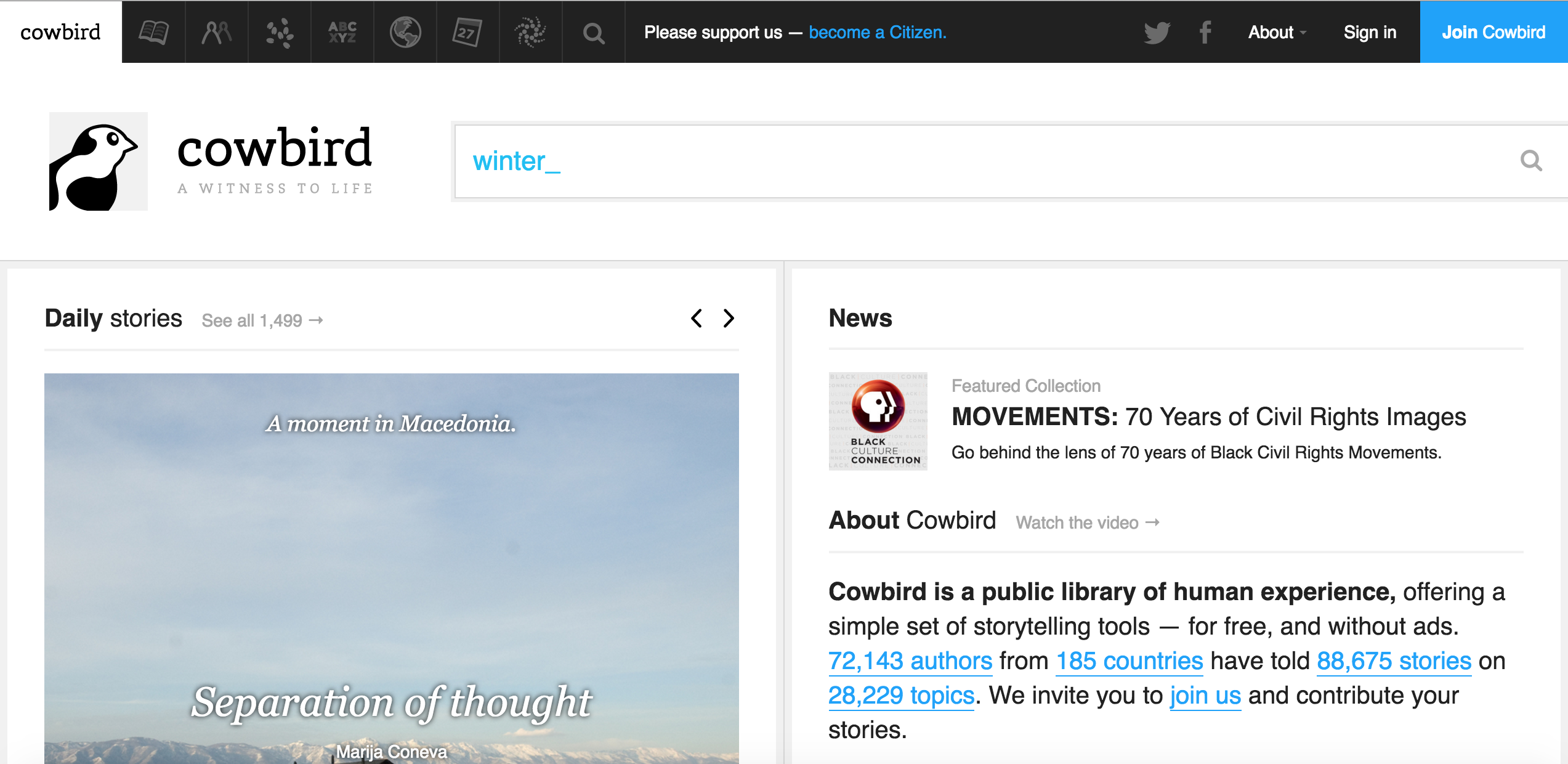I think it’s very important to distinguish the difference between Creative Commons and Copyright. They both work in different ways and effect us as online content creators.
Copyright has a wonderful way of automatically protecting your work once you place it out to the world. Most definitely not a bad thing, right?
The issue is, copyright often places some pretty hefty laws around those that want to use your work or just share it. This means that when you write that fabulous post that gets everyone talking, you’ll have Aunty Jan, Uncle Pat, Cousin Fan, Great Grandma Robin and even Step Mother February asking if they can all share your work. I mean, if we can avoid having the internet turn into a Grandpa’s 90th birthday, why don’t we use all that we’ve got?
This is where Creative Commons comes into play. The not-for-profit organisation allows anyone in the world wide web to structure their own license for their own work. Not only does this save your precious time from licensing every piece of your work, I mean, “ain’t nobody got time fo’ dat” but Aunty Jan, Uncle Pat, Cousin Fan, Great Grandma Robin and even Step Mother February, can now share your work, without having to ask for your permission. So now, we can avoid the slobbery kisses on the cheek and the questioning about where your boyfriend or girlfriend is.
So if we break Creative Commons down a little more, we can understand that it doesn’t counter copyright, but works along side it, making the sharing process between the author and reader, a little swifter.

Screenshot image of text taken directly from: Creative Commons Australia: Licensed CC BY 4.0.
As we can comprehend from the above image, one must attribute the original owner of the work, even when they are transforming the original copy. Authors can select a Creative Commons license that either agrees or disagrees to their work being used for commercial purposes and whether or not someone can modify their work.
The Creative Commons license gives the author a lot of flexibility in terms of how their work is used once it is posted. For example, for this Media Factory blog, I added a Creative Commons license in the right sidebar of my blog, outlining that I have chosen the option of allowing my work to be shared and adapted, even for commercial purposes.
In all honesty, I am looking for people to credit my work if they are going to use or share it and this is why the Creative Commons license is important.
I think that because I now have the Creative Commons license on my blog, I feel a lot safer about the work that I do. I want to become more network literate and to be able to have an open opinion on particular topics that I like, whilst not feeling like someone is going to come along and rip me off. It also means now that I will take greater care when sharing others work, as I now understand how important copyright and licensing is to a creator.








